Picture Books with Latinx Characters
In honor of Hispanic Heritage Month, I’m delighted to share this list of what I consider THE best English picture books with Latinx characters.They’re clever, well-written, and beautifully illustrated—you won’t want to miss a single one!
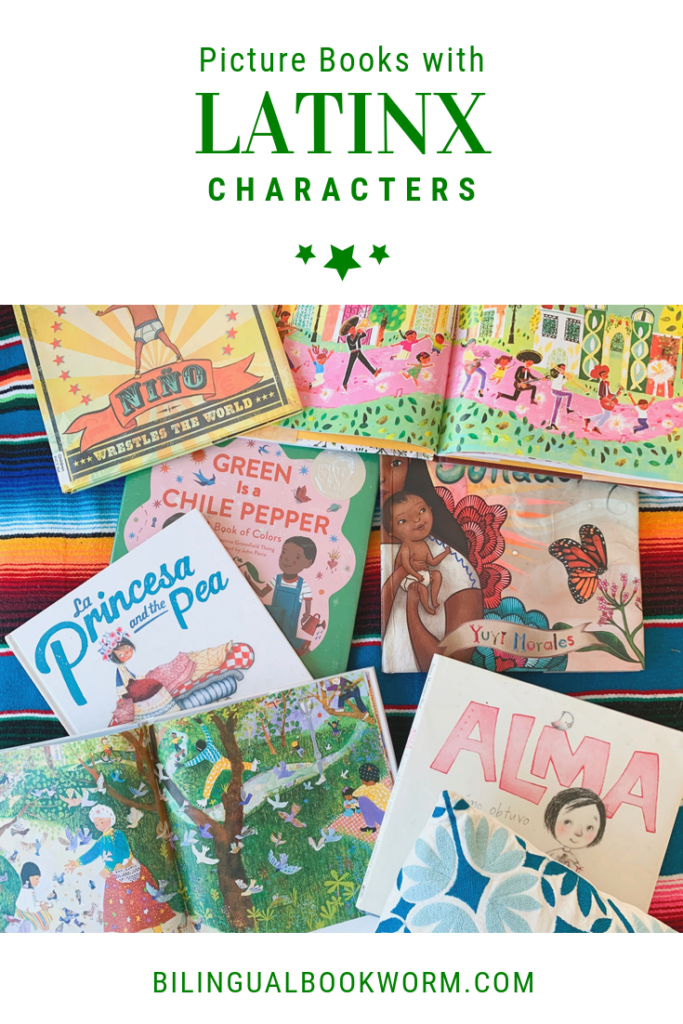
As you know if you’ve been here for a minute, I love highlighting books en español that my little bilingual readers and I have enjoyed. But I also think it’s super important that my Latina daughters see themselves represented in mainstream media here in the U.S.!
That’s why discovering English picture books with Latinx characters makes me super happy. We’re so lucky to live in a time where #OwnVoices books (books with diverse characters that are written by people who share those identities) are on the rise. Still, only about 6% of all children’s books published in the U.S. each year have a Latinx main character/subject. And of that percentage, only about a third are actually written or illustrated by a Latinx!
So, there’s definitely room for a lot more books featuring Latinx protagonists. But for now, may I suggest that Hispanic Heritage Month is an ideal time to check out these ten, which in my opinion are the BEST picture books with Latinx characters!
Dreamers by Yuyi Morales
Also in Spanish as Soñadores. This book tells the story of a mother and son who cross a bridge and become immigrants. They walk, a little lost, through this strange new land until they come to a marvelous place: The library! From the vibrant, mixed media artwork to the way the story celebrates books and the gifts immigrants bring, there’s so much to love.
Marisol McDonald Doesn’t Match / Marisol McDonald no combina by Monica Brown
Marisol McDonald has flaming red hair and warm brown skin. Her favorite lunch is peanut butter and jelly burritos. She may not make sense to other people, but to Marisol (and all of us other multicultural mashups), these seemingly mismatched things go together perfectly.
Alma and How She Got Her Name by Juana Martinez-Neal
Also in Spanish as Alma y cómo obtuvo su nombre. Alma has a super long name: Alma Sofia Esperanza José Pura Candela. “It never fits,” she grumbles to her Papi. And that’s the start of Alma’s search for her identity, as her father guides her through the family history that inspired such a long name. The artwork in this one is so beautiful.
Niño Wrestles the World by Yuyi Morales
¡Señoras y señores! In this corner of the playroom, we have an energetic little luchador who, clad in underwear and a bright red lucha libre mask, prepares to take on his contenders. And in the opposite corner, an assortment of villains are ready to take our brave Niño down. Morales’ illustrations are reminiscent of a lucha libre poster, and I love the way she has Niño use Spanish exclamations (“¡Recórcholis!”).
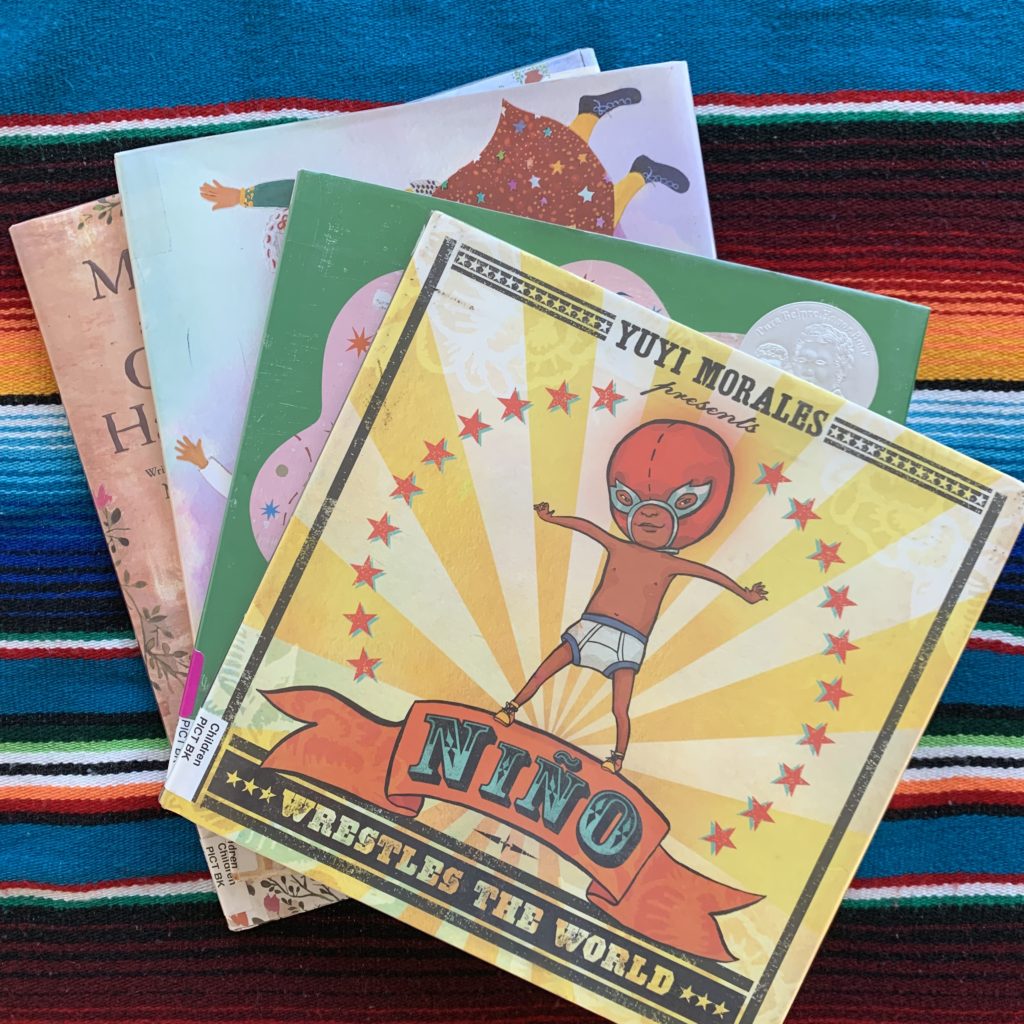
Green Is a Chile Pepper by Roseanne Greenfield Thong
This colorful book introduces kids to a rainbow of colors, from the red of spices and swirling skirts to the white of sugar skulls and handmade lace. It’s written in rhyme—always fun—and incorporates words in Spanish throughout the text. This book cheerfully presents a slice of Mexican culture through both the text and the playful illustrations!
Miguel and the Grand Harmony by Matt de la Peña
Based on the characters from the movie Coco, this book is perfect for fans of that film. In it, we learn the story of how Miguel found the guitar he uses to play in secret in the attic. It’s written from the perspective of La Música, as she guides Miguel to his dream of playing the music in his heart. My favorite part of this book by far are the gorgeous and vibrant illustrations created by Pixar artist Ana Ramírez, who worked on Coco.
Abuela by Arthur Dorros
Flying over Manhattan and turning somersaults in the air, Rosalba and her abuela are taking an extraordinary trip— in Rosalba´s imagination. The story is narrated in English, and sprinkled with Spanish phrases as Abuela points out places that they explore together. The colorful illustrations are full of detail and are perfect for kids to spend lots of time looking at the pictures.
La Princesa and the Pea by Susan Middleton Elya
In this book, the classic Hans Christian Andersen tale unfolds with Peruvian flair. The prince is “so lonely, in need of affection,” but his mother, la reina, is in charge of vetting all possible marriage candidates. And she’s very demanding! Spoiler alert: that pea under the mattresses test? Let’s just say that the prince makes sure his amada passes with flying colors. The illustrations in this one are phenomenal, with characters dressed in clothing from different regions of Peru.
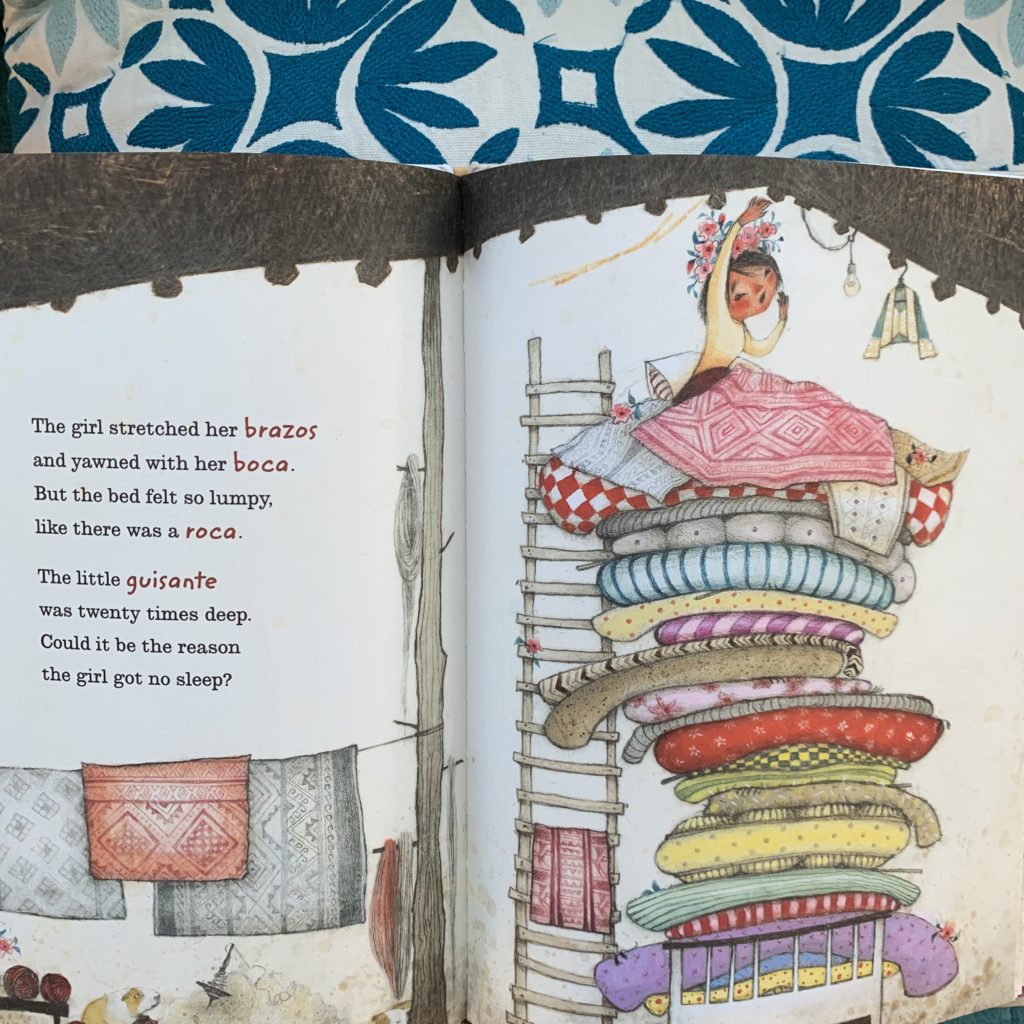
Frida Kahlo and Her Animalitos by Monica Brown
This book presents the life of the iconic Frida Kahlo through the kid-friendly lens of her animal friends. The text makes frequent comparisons between the featured animals and little Frida, that free-spirited artist. This isn’t the first picture book about Frida and won’t be the last, but the lively, folk-art style illustrations really make it special.
Islandborn by Junot Diaz
Most of the kids in Lola’s class are “from somewhere else.” When their teacher assigns them a project to draw a picture of the place where their families immigrated from, Lola is excited– until she realizes she doesn’t remember The Island, because she left when she was just a baby. So she draws on the memories of family and friends to discover the place where she’s from. This is a beautiful and sensitive story of culture, identity and belonging.
Amazon links are affiliate links, meaning that if you click a link and make a purchase I may get a (very) small commission. It won’t change how much you pay for an item.




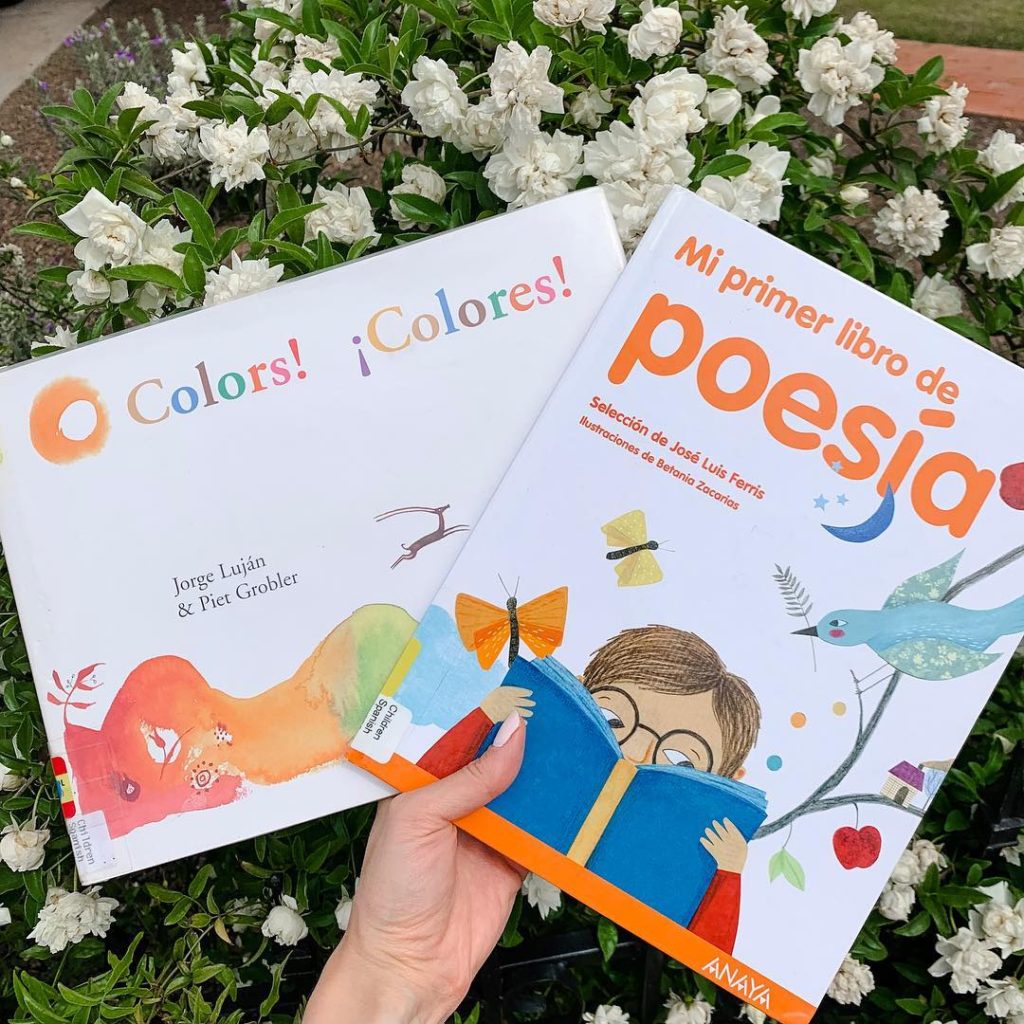
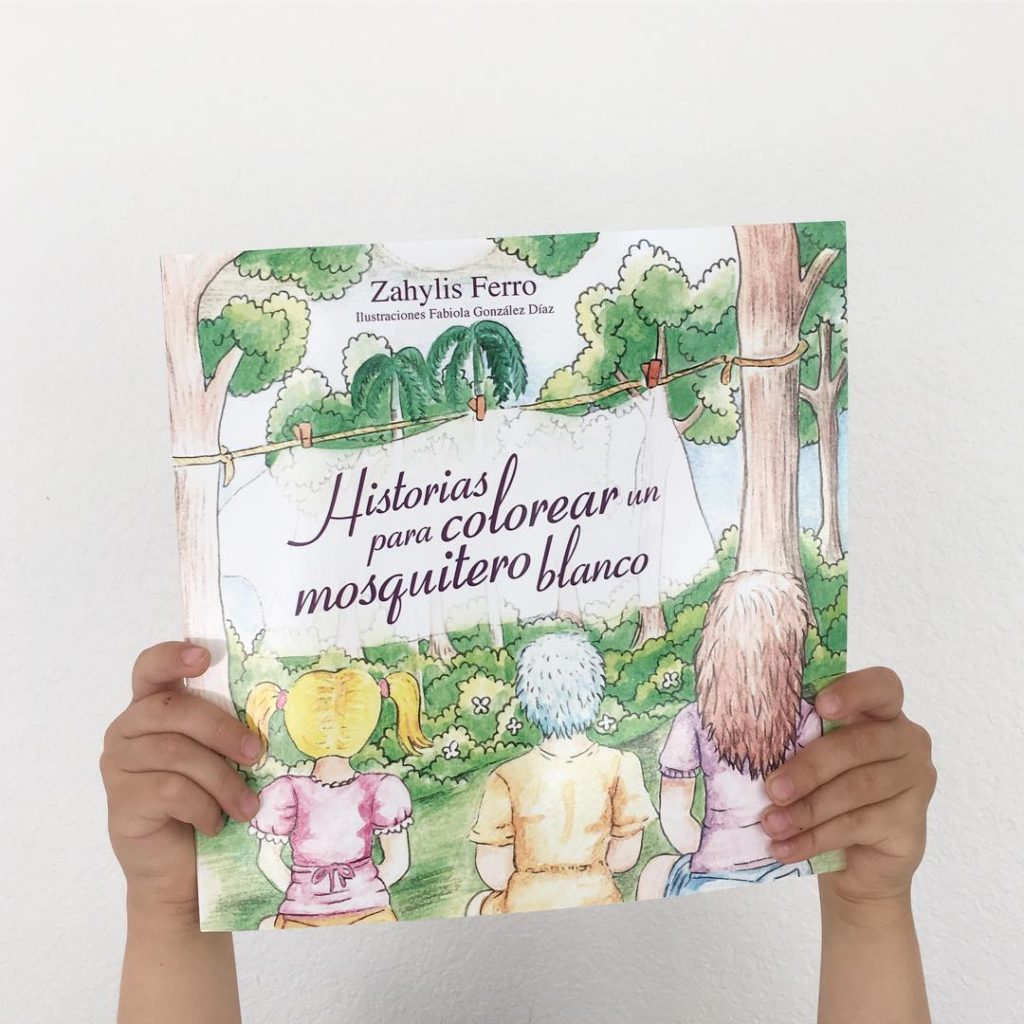
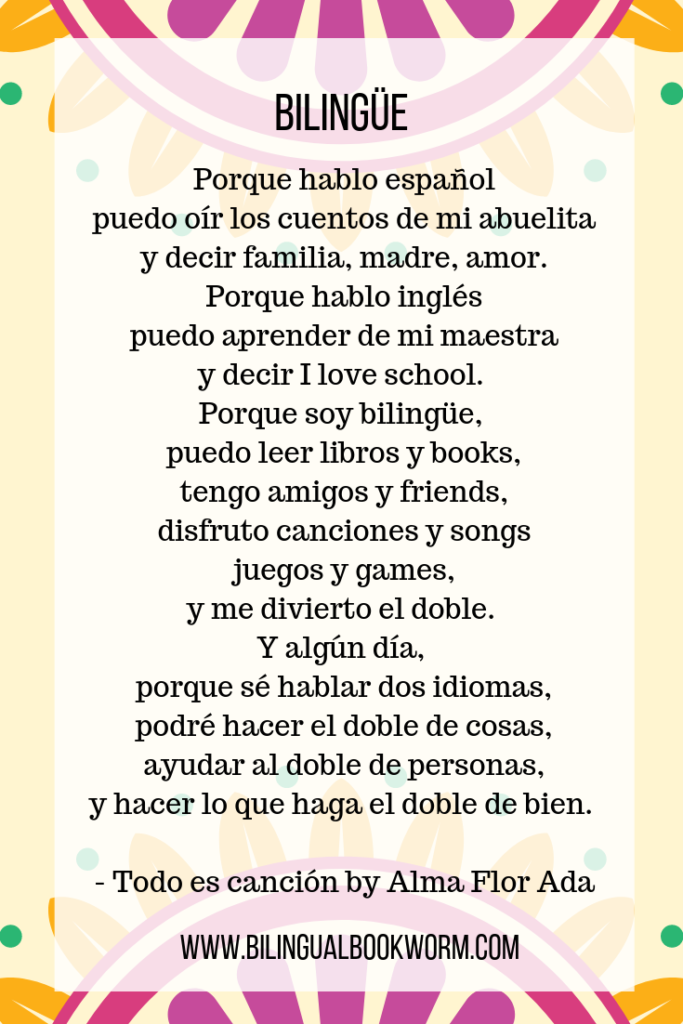
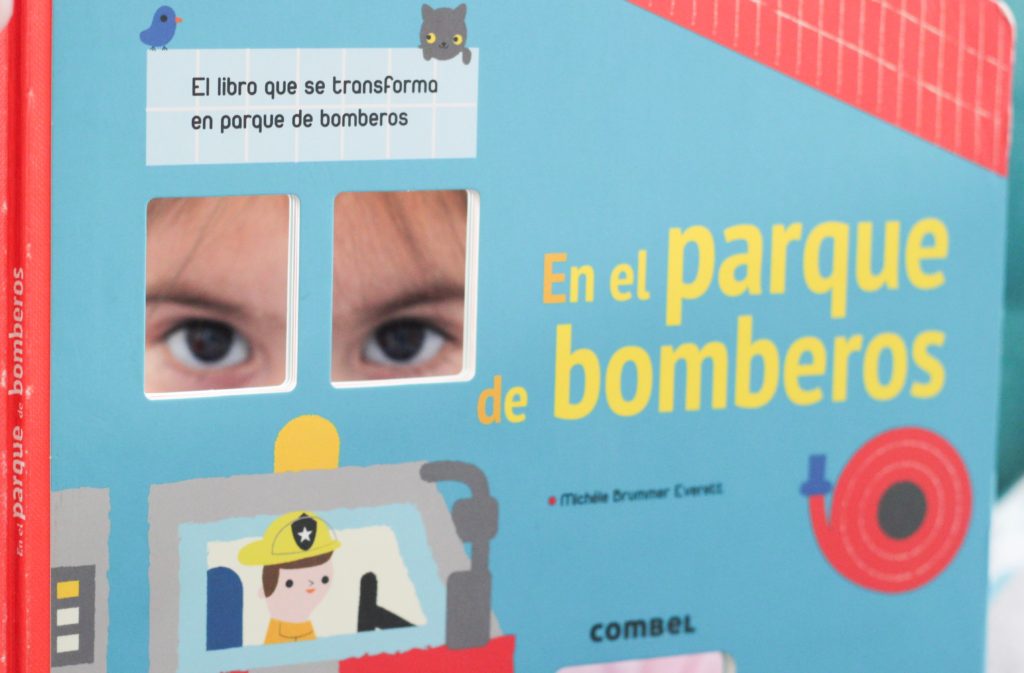
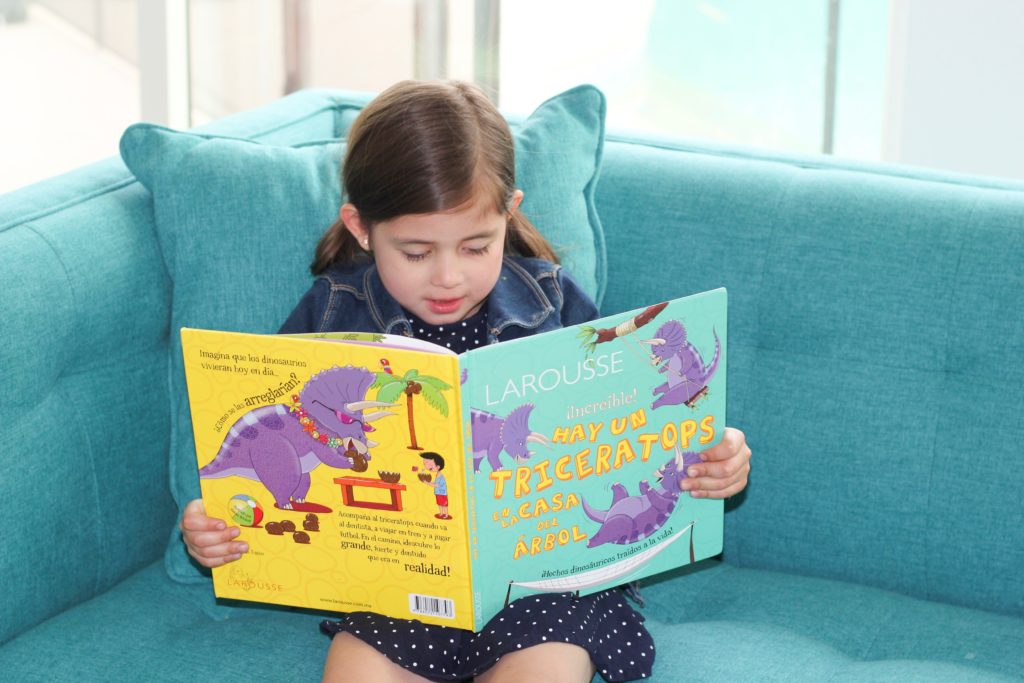
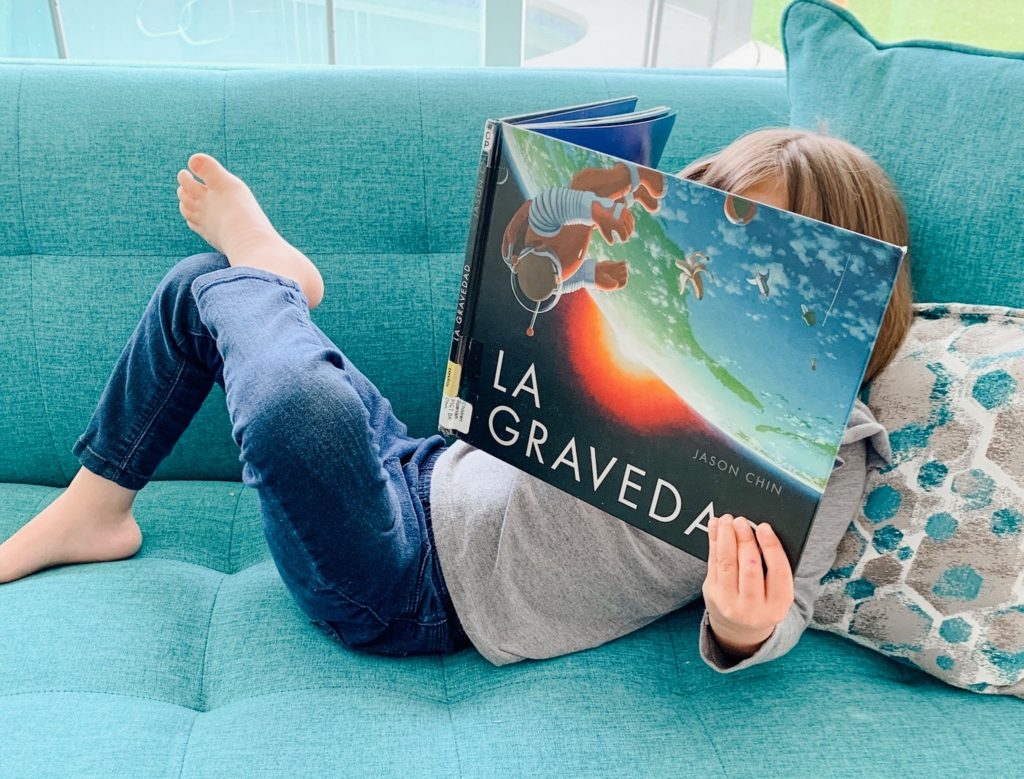
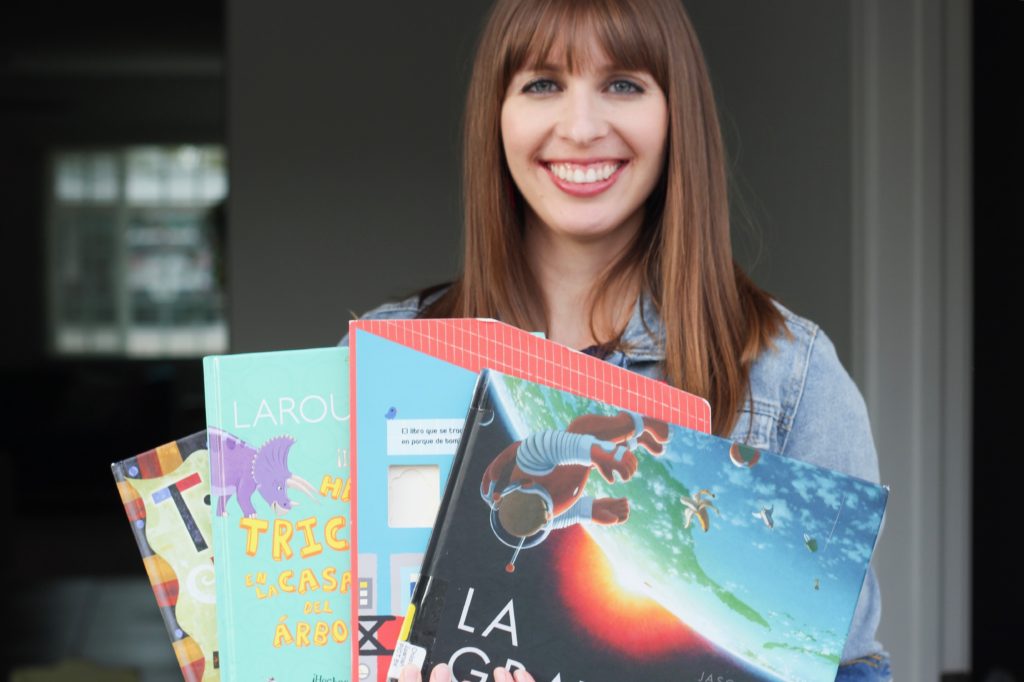
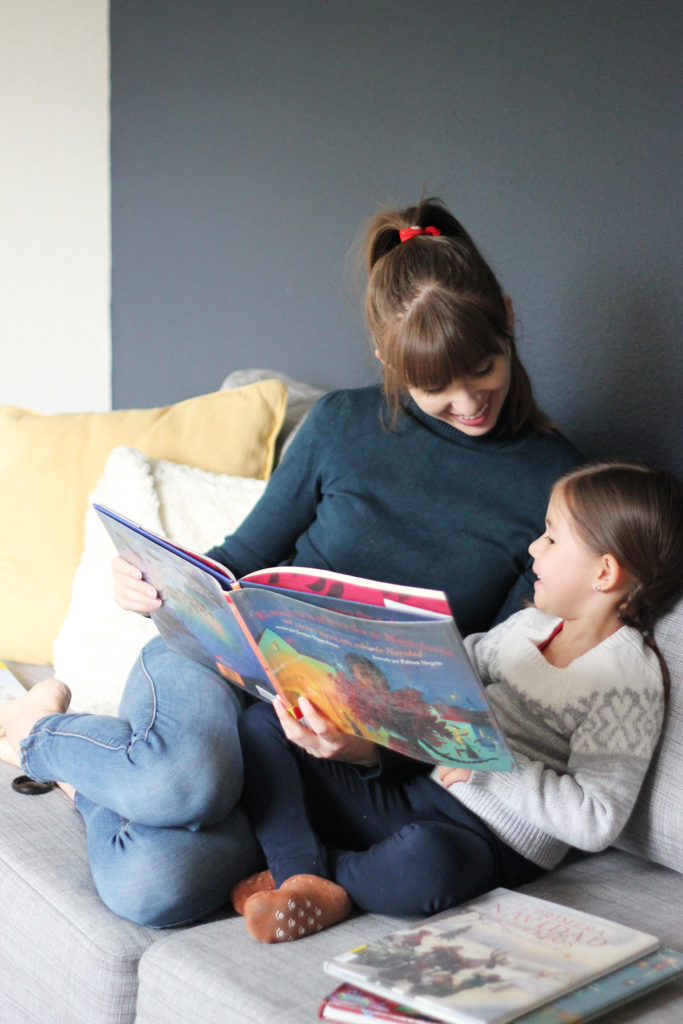
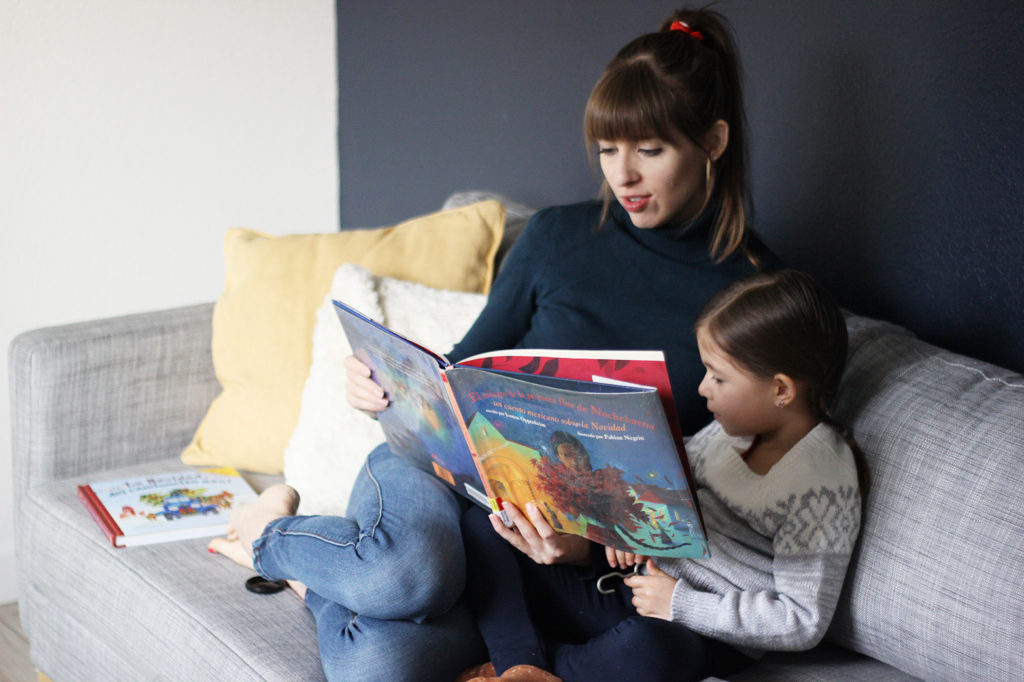
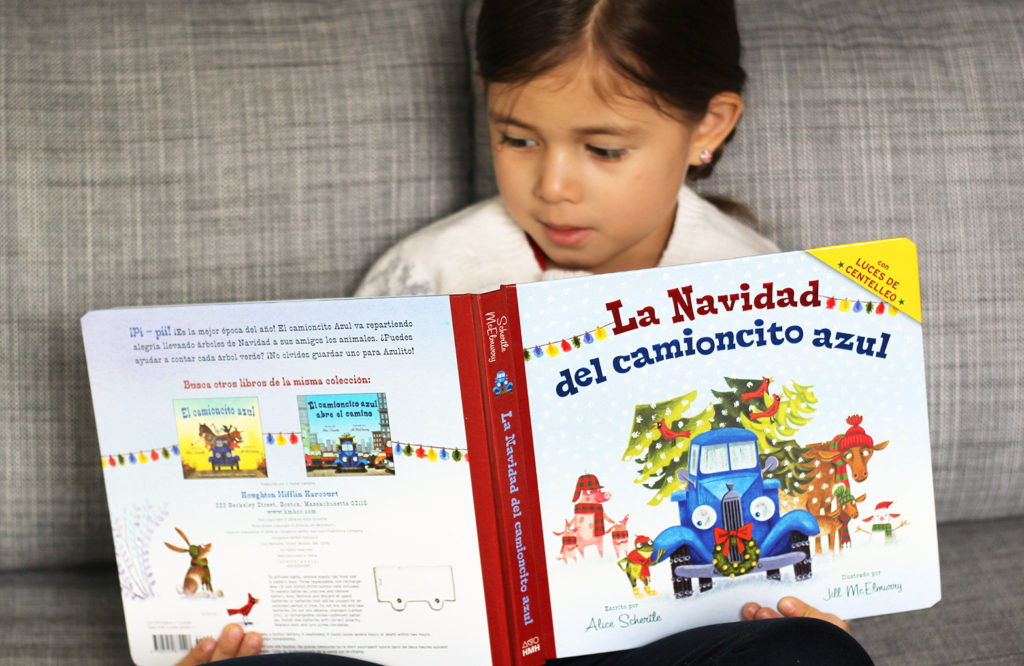
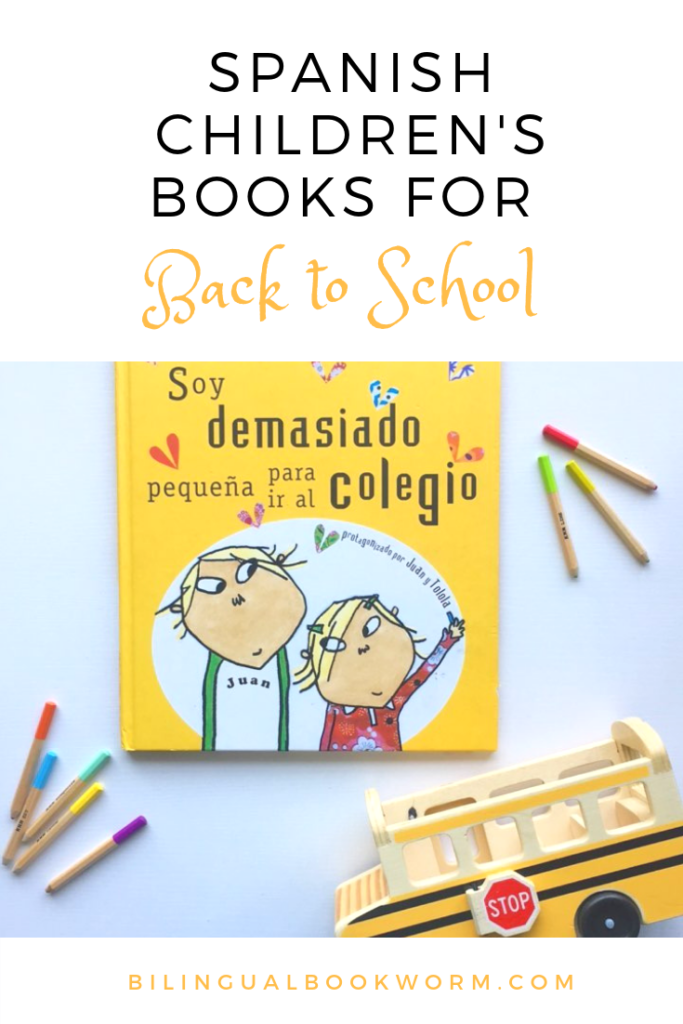 Ahh, September, the season of newly sharpened pencils and lunch boxes that don’t yet smell faintly of old sandwich. We’re pretty firmly back in the school routine (having started school in early August, what up AZ?). But I feel like September is the REAL back to school month and we’re still figuring out new routines and new relationships.
Ahh, September, the season of newly sharpened pencils and lunch boxes that don’t yet smell faintly of old sandwich. We’re pretty firmly back in the school routine (having started school in early August, what up AZ?). But I feel like September is the REAL back to school month and we’re still figuring out new routines and new relationships.

